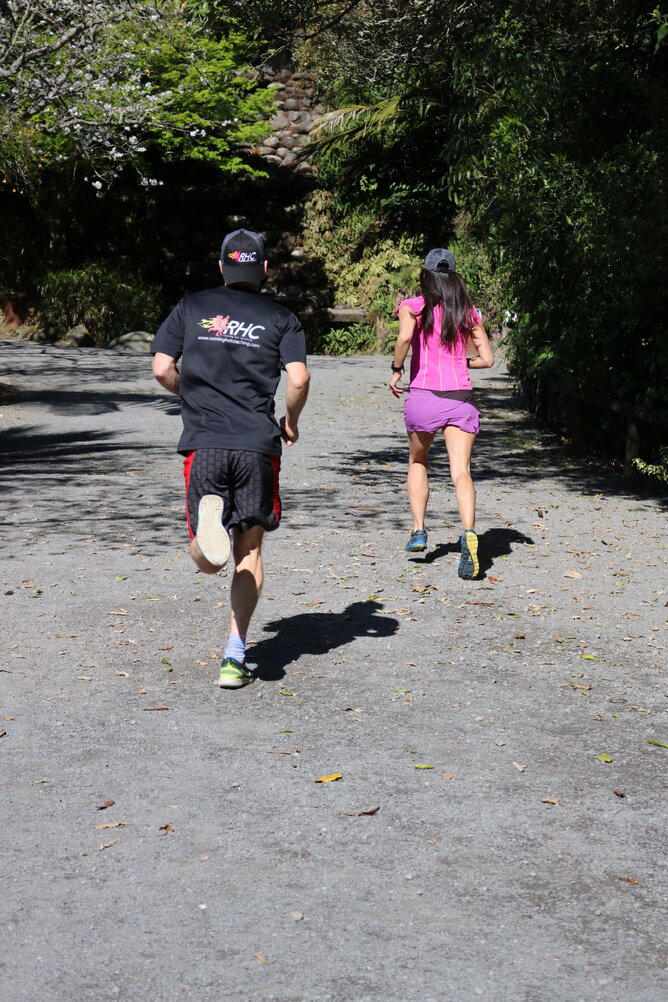RUNNING FORM TIPS - DEVELOP YOUR TECHNIQUE
In this post I wanted to give you some quick wins and things to focus on when developing your running technique.
Often the focus in training programmes is on endurance rather than efficiency but taking time somewhere in your training year to lower your mileage and focus on technique is important.
If you are running short distances you can get away with a lot but if you are doing long distances over half marathon you need to have good running technique to avoid injury, increase efficiency.
Working on your form and mechanics leads to improved economy and you will move forward with greater ease, while using less energy than you do with poor technique.
It also puts less stress on. Muscles, tendons and bones which can help prevent injuries over the many months of training that will need to be done in order to run half, full or ultra distances.
Good form starts with maintaining an upright posture, aim to keep the centre of your head, shoulders, hips and foot striking ankle in a vertical line.
Avoid leaning forward from the waist, a form you often see in fatigued runners late in the race. Stand upright as if you are a puppet on a string being pulled up form the centre of your head.
Practice looking down at the road with your eyes not tilting your head down. When you head goes forward the rest of the body follows.
Your arms should be held at your sides with a loose 90 degree angle formed at the elbows. Arms should win in a natural, relaxed pendulum motion, don’t tense the should up. Swing from the shoulders forward and back.
Your arms are the counterbalance to your legs so need to swing in a balanced motion. Not exaggerated on one side.
Your arms should never cross your centre line (i.e. if you run a line down the middle of your body where the zip on your jacket is ).
Don’t let shoulders rotate from side to side either.
Don’t overstride - this is a common running fault caused by stretching out to far in front of the body. This can lead to the promotion of braking forces that will stop the propulsive forces you are trying to get from your muscles.
When you foot strikes the ground your knee should be slightly flexed and your foot positioned under or just in front of the hips.
If you land very loudly this means high impact forces which is usually inefficient and potentially can cause injury. A runner with good from flies along, landing softly on each foot, has a high leg turnover or cadence and doesn’t “Plant” each foot in the ground.
Try and run as quietly as possible.
Strength training should be a compulsory part of every endurance runners regime. Having strong, hips, core, back helps you maintaining the correct form through a long distance race.
Running form degrades very fast as soon as the stabilising muscles of the hips and core tire.
Run specific functional exercises like bridges, squats and lunges and ab work can help delay the onset of this bad form and fatigue.
If you want to take your running to the next level make sure to download our free "How to Run Faster, Longer, Stronger without Burnout and Injuries" Ebook at WWW.RUNNINGHOTCOACHING.COM/EBO...
